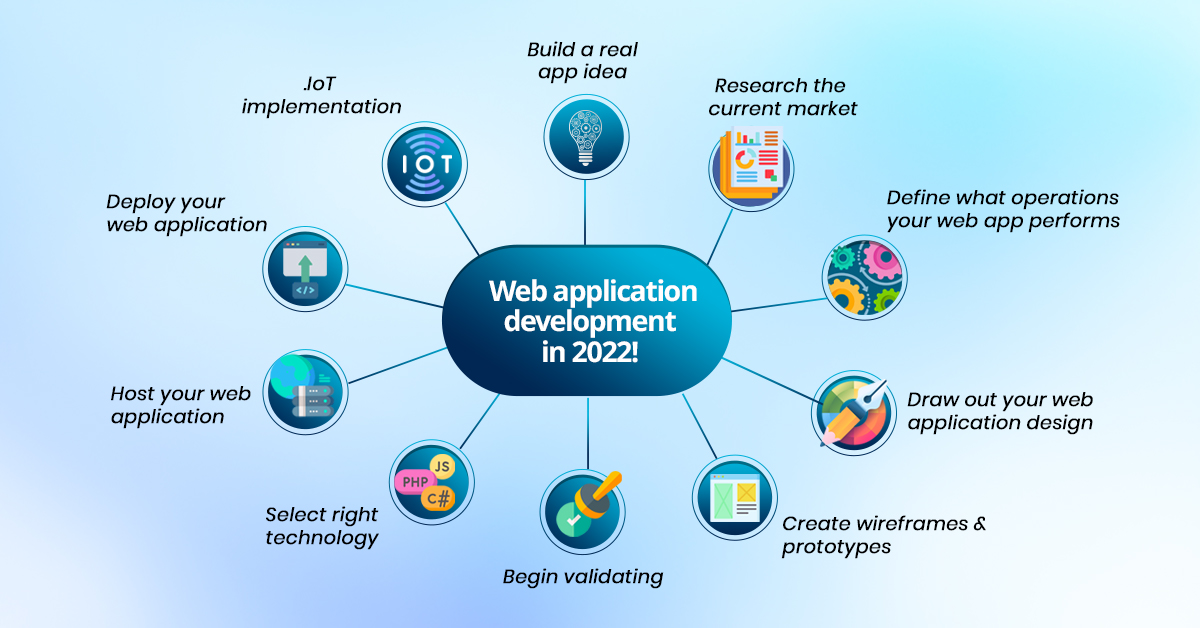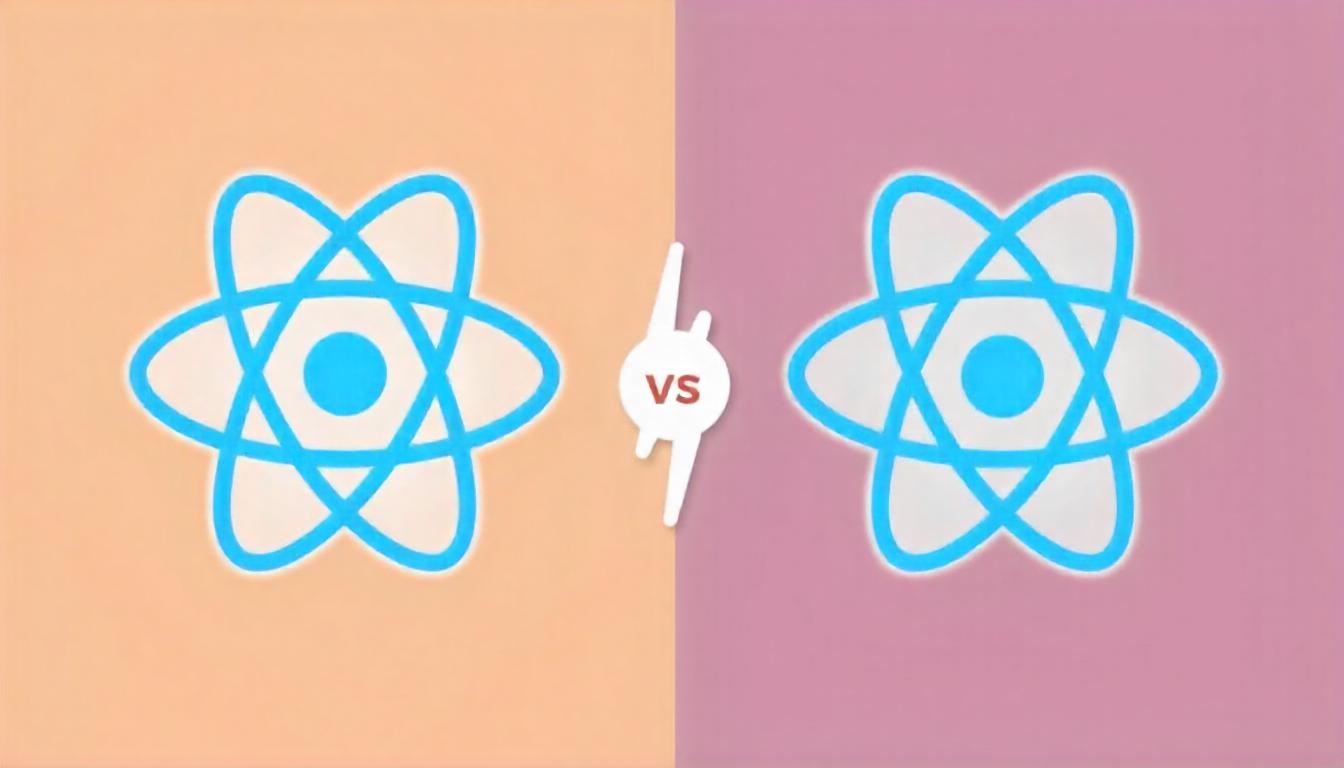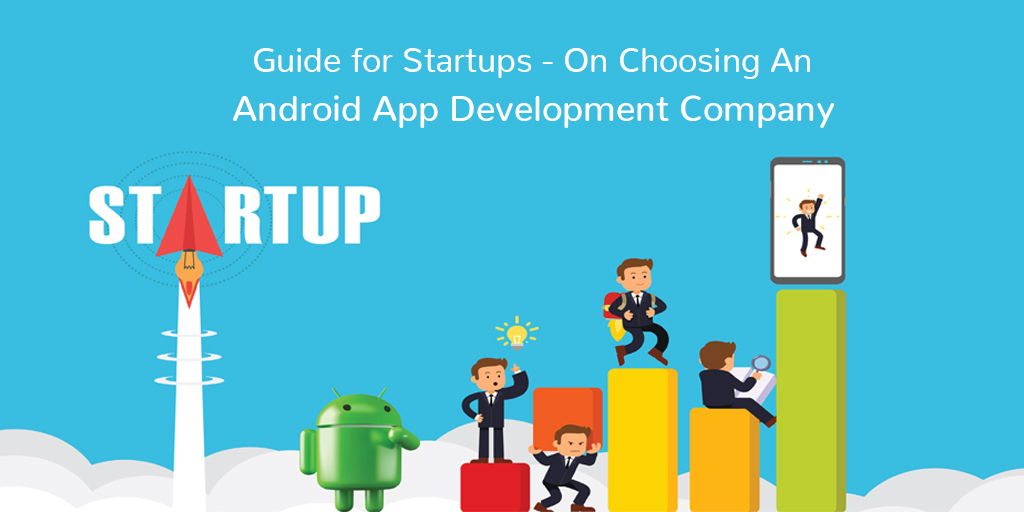
Web Application Development in 2024! List the top 10 trends in it
Every web page is different from others because of the user interface, which is crucial when designing web pages.
Web app development is an evolving field with an ever-growing demand from businesses and consumers. Although the basics of web application development have not changed much in recent years, there are several newer trends that developers should be aware of as they work on their projects.
It's tough to predict what will happen in the future, but we can be sure that web applications will play an important role in it. Web apps are already being used for everything from shopping online to ordering food and hiring employees, and we're not even close to the limits of what they can do.
Some of the Trends That are Witnessed in 2024
1. Mobile Apps
As more people adopt smartphones and tablets for personal and work purposes, app development becomes increasingly important. It is safe to say that the world of web application development is evolving rapidly. Astonishingly, the technology landscape is constantly evolving, and there are always new and innovative ways to build and deploy web applications. An important trend in web development is the increasing use of hybrid applications. There will be many more people looking for mobile apps that suit their needs. This means there will be even more competition for developers who know how to build these apps.
- Progressive Web Apps: These apps are "progressive" because they work on any device, so you don't need to worry about compatibility issues or downloading an app for each device you own. They're "web apps" because they can be accessed through a web browser and are more secure than native apps.
- Single-Page Applications: These applications are built with responsive design in mind, so they look good on any device and take less time to load.
- Dark Mode: Dark Mode is becoming increasingly popular among smartphone users who prefer darker backgrounds for easier night time viewing—and it's also something many people find more aesthetically pleasing. As such, dark mode is something designers should keep in mind when working on new projects moving forward.
- Accessibility: Accessibility has become increasingly important as people with disabilities have become more vocal about their needs. There's been a big push toward making websites more mobile-friendly. This means designing them to work well on smaller screens and touch interfaces. There's been a rise in API-first development, where companies are building software that can be easily integrated with other apps. This makes it easier for developers to add features to their applications without building them from scratch. Web design and development must be done keeping in mind the rules of UI for visually appealing content and app.
2. Hybrid Applications
Hybrid applications combine traditional desktop and web applications to provide a cost-effective and user-friendly solution. This is a popular choice for businesses that want to provide a better user experience on both desktop and mobile devices without having to create separate applications for each.
3. Artificial Intelligence or AI
Artificial intelligence (AI) in web application development. AI can be used to create automated web application tasks, such as identifying and fixing errors or recommending new features to be added to the website. By automating these tasks, you can minimize the time spent on manual tasks and focus on additional strategic tasks. Thus, speeding up the development process and improving the quality of your website.
Many companies are already using AI. However, it's still fairly rare in web application development because most people aren't familiar with how to program AI bots—they're still learning how to use them effectively.
4. Automation
Web application development will be more automated than ever. Automated web application development tools like AI and machine learning will make it easier for non-coders to create amazing software. This will mean fewer bugs and less time spent on mundane tasks like code formatting and testing; more time can be spent on innovation and creativity.
5. API-First Development
The number of connected devices (like phones, laptops, and cars) is growing fast—and so is the amount of data they generate every second. To keep up with this growth in data generation and processing capabilities, companies need their APIs to handle more complex requests without slowing down or crashing. As a result, we'll see more emphasis on creating APIs that can handle large amounts of data while maintaining speed and reliability.
The trend of API-first development has been gaining momentum over the last few years. With the emergence of microservices and serverless architecture, developers have been able to write applications that can be accessed through APIs. This is a major shift from traditional web application development, where a single page served by browsers was common. With API-first development, developers can build applications that multiple users and devices consume through APIs, making them highly scalable.
6. More Chatbots
Chatbots have been around since the early 2000s, but in 2022, they will likely be much more widely used. They'll probably be integrated into many different best live chat apps and used for everything from customer service to automated suggestions when shopping online or browsing social media sites.
7. Browser Extensions
Browser extensions are becoming increasingly popular because they allow users to add functionality directly to their browser without installing additional software or apps. They also provide an efficient way for users to interact with websites without leaving their browsers open for long periods, as they would have done before using extensions such as Google Chrome's Task Manager or Last Pass Password Manager.
Browser extensions have been a big hit with users and developers alike. They allow users to add functionality to their browsers without downloading an entirely new program, and they allow developers to create simple tools that extend the functionality of their websites. This trend is sure to continue after 2022. Browser extensions will introduce new features and improvements that make it easier for developers to build and maintain applications without relying on third-party libraries or other tools.
8. Micro Front-Ends
Developers will break down their applications into smaller pieces—called micro front-ends—that can be used across multiple platforms. This allows developers to create modular components and reuse them across multiple projects.
They are small JavaScript files that contain most of the functionality required for rendering web pages. A big part of this is making sure our sites load quickly and reliably across all platforms, whether or not users have an internet connection available at all times (which they don't). Micro front-ends are also becoming popular because they are small web pages containing only the functions needed for a specific device or application type.
9. Accelerated Mobile Pages (AMP)
AMP is an open-source project that allows developers to create websites that load quickly on mobile devices. It's already being used by many companies, including Google and Twitter, and we expect more companies will adopt AMP in future years because it helps improve user experience across all devices.
10. Internet of Things or IoT
IoT implementation will be a big thing, with interfaces that add value and make people's lives easier. It is becoming increasingly mainstream, and with it will come the need for web developers to include support for manager for IoT devices in their applications. This means not just support for the standard sensors (like temperature or light) but also new types of sensors that may not even exist.
Overview:
Web application development is constantly evolving, and new and innovative ways exist to build and deploy web applications. By using these trends, you can stay ahead of the curve and create a superior user experience for users.
- More companies are turning to browser extensions as a way of increasing their reach on the web.
- Extensions can be used in both desktop browsers and mobile apps, and they can be used to customize existing functionality or add completely new features.
- The role of the front-end developer will evolve to a full-stack developer.
- Web application performance will be a high priority.
- New integration technologies and real-time communication will be standard.
- Virtual reality (VR) and augmented reality (AR) technologies will take root in web applications.
- Web apps will become more collaborative, use virtual reality, and be developed by full-stack developers.
- A major shift to the cloud will continue.
- Software packages will outsmart developers.
- Developers will get more specialized and communicate with each other through API.
- Simplicity in software design will rule the day. A simple UI interface will attract more traffic.
- Developers will pay more attention to security, especially securing data in the cloud by creating different access levels to an application or service based on user profile.
- AI and machine learning will become more prominent, but not as a replacement for developers.
- The web development industry is experiencing rapid changes worth studying and preparing for, much like the advances we're seeing in front-end development today.
- The dark mode is set to climb into popularity, and the world is slowly embracing accessibility.
- Mobile-first development is still a major trend, as is API-first development.
- Browser extensions may also continue to gain popularity in the coming years.
- Micro front-ends are still a fledgling concept, but one that's likely to rise in importance over the next five years.
- IoT and AI will be merged into everyday objects to make them smarter.
- AI has already found its way into Digital Marketing, and it will continue to do so more widely in the future.
The list isn't comprehensive, of course. There will be plenty of things to learn, challenges to overcome, and new ideas to try out.
Conclusion:
The next few years will see some major shifts in how web applications are developed. Web application development has come a long way since the beginning of the internet. We've seen a lot of changes in the past few years, and it's looking like we'll be seeing more in 2022 and the near future.

















 Whatsapp
Whatsapp
 Email
Email


